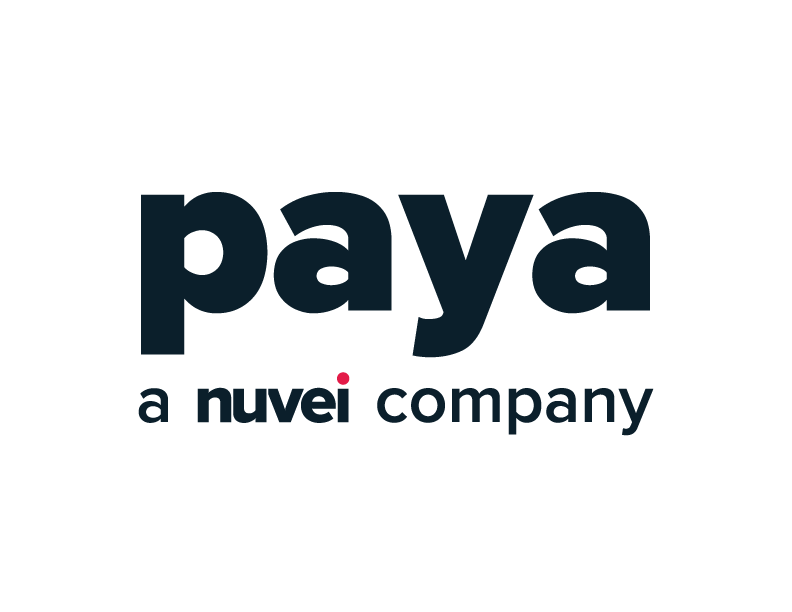
Vice President ACH, Paya Inc.
Automated Clearing House (ACH) payments have always been a popular digital payment method within the B2B sector among both accounts receivable and accounts payable departments for their convenience, speed, and cost-efficiency. And with the COVID-19 pandemic, ACH has gained even more share over credit cards and paper checks, according to a study by the Federal Reserve. ACH payment volume was up 8.7% in 2021 compared to the preceding 12-month period. According to Nacha, ACH experienced tremendous growth in the B2B sector with 5.3 billion payments representing a 20.4% increase post-pandemic, which accelerated the switch to ACH for businesses. As we enter the post-COVID era, there are no signs of a slowdown. But what’s so special about ACH and why should B2B ISVs and the businesses they serve care? We’ll break down the ins and outs, and arm you with the information you need to make the best decisions for your software application or AR department.
Let’s lay the foundation by beginning with the basics:
What is ACH?
ACH, which stands for Automated Clearing House, is an electronic funds transfer system run by the National Automated Clearing House Association (Nacha), a non-profit association. The ACH network, which serves more than 11,000 financial institutions, acts as a financial hub for facilitating the transfer of money between bank accounts without using paper checks, credit card networks, wire transfers, or cash. ACH is unique in its ability to both push and pull funds between various accounts.
While ACH is widely used in B2B commerce, it’s also part of our daily lives. From payroll and direct deposits to bill payments and more, ACH is broadly accepted and relied upon in both B2B and consumer sectors.
ACH Terms to Impress Your Boss
ACH Credits: The push of funds from the originator’s account at the Originating Depository Financial Institution (ODFI) to receiver’s accounts. Think payroll direct deposit.
ACH Debits: The pull of funds from the receiver’s account at the Receiving Depository Financial Institution (RDFI) to an originator’s ODFI. Examples include paying a vendor for a monthly service subscription.
Originator: The party who initiates the transactions. The originator will obtain authorization from the receiver to transact (make a payment) against their account.
Receiver: The party who has authorized an originator to initiate an ACH entry (deposit) to the receiver’s account with the RDFI.
Same-day ACH: Improved standard ACH by moving payments faster. As of 2021, there are now five daily processing windows making same-day credit transactions possible. Note: Same-day debit is not supported.
How ACH Works
Think of ACH as digital bulk mail where each transaction contains a message. The ODFI making the request bundles transactions together into “batches” and passes these to the ACH network. The network passes these messages onto the RDFI at one of five daily intervals: 6:00 a.m., 12:00 p.m., 4:00 p.m., 5:30 p.m., and 10:00 p.m. ET.
Here’s a common use case for a B2B transaction:
- AR department digitally invoices customer for goods.
- The customer’s AP department authorizes the AR department to initiate a payment.
- The OFDI debits the customer’s account and sends ACH files to the ACH network.
- The ACH network transmits files to the RDFI, who processes the payment.
- After funds clear, AR department receives deposit.
From start to finish, this process takes anywhere from hours to days.
Benefits for AR Departments
Lower Acceptance Costs: ACH payments are the most cost-effective payment acceptance method for B2B commerce when compared to paper checks, credit card, and debit card. This is because credit and debit cards are subject to both transaction and discount fees (interchange), which are typically a percentage of the total transaction plus a flat fee, making transactions more costly, especially for higher ticket purchases which dominate the B2B space. ACH payments, on the other hand, are assessed a low flat rate that doesn’t vary by ticket size. But what about paper checks? Although processing costs aren’t a factor with paper checks, AR departments must not overlook the labor expenses and lost productivity associated with this payment type.
Mitigate Fraud Risk: Paper check fraud still poses a significant risk to businesses with attempts spiking 43% in recent years, making them the most vulnerable payment type. ACH payments, which are not subjected to multi-party handling nor contain sensitive data such as account and routing numbers in the clear, are far more secure.
Improve Efficiency: Manually processing checks and reporting payment data back into an ERP for reconciliation is inefficient and creates an opportunity for human error, which can lead to inaccurate reporting and costly data breaches. By eliminating manual process and inconvenient trips to the bank to make physical deposits, which slow cash flow, AR departments can streamline operations, reduce administrative and operating expenses, and improve productivity with ACH.
Fast Funding: Because ACH payments are digital, deposit speeds are far superior to paper check counterparts, which must go through the mail. Customers get the benefits of paying with a business checking account while businesses improve cashflow.
A Better Customer Experience: AP departments love ACH as it allows for improved productivity without increasing resources. With the click of a button, AP departments can remit payment and, in some cases, automate the process altogether for effortless B2B payments. By eliminating the need to cut, track, and reconcile physical checks, AP departments can also streamline operations to focus on more strategic tasks. Providing customers with a variety of remittance options designed to fit their unique needs, and making it easy for them to pay, is key to creating stickiness and attracting new revenue.
Paya Knows ACH
With the most extensive ACH programs in the industry today, Paya empowers our ISV partners to deliver superior B2B commerce outcomes.
Our omni-channel commerce innovations help our ISV partners facilitate secure payment acceptance anytime from anywhere with solutions for web, phone, and in-person ACH and credit acceptance for both integrated platforms and standalone environments. With flexible remittance options that make it easy for AP departments to pay on time and to support recurring billing, our solutions help software customers improve cashflow and streamline operations, which reduce payment acceptance costs. For ISVs looking to deliver the best-of-breed B2B customer experiences, gain market share, and achieve growth and profitability, put ACH to work for you.
Ready to learn more about our deeply-integrated payment solutions?
